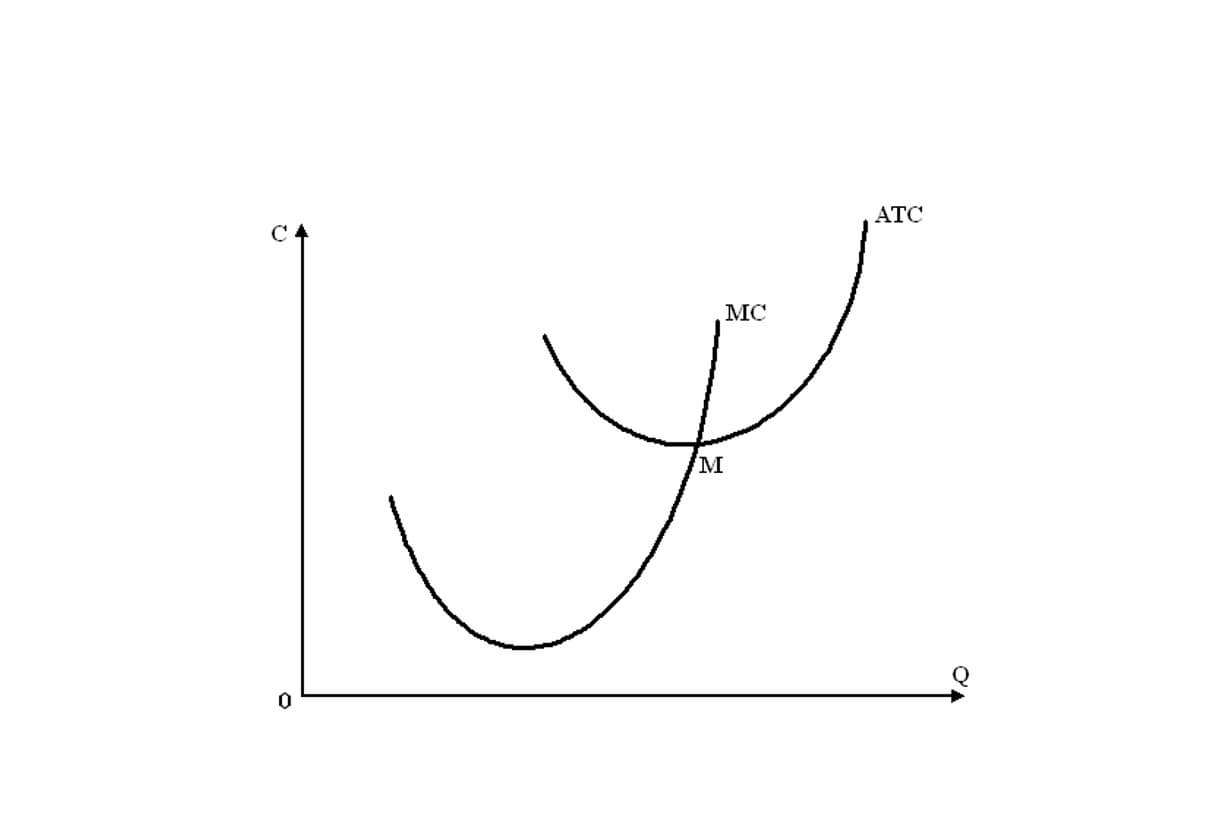1 7: Cost Terminology Business LibreTexts

When nonmanufacturing costs are accurately allocated, the income statement reflects a more precise picture of the company’s operational efficiency. For instance, by correctly attributing marketing expenses to specific campaigns, a business can better assess the return on investment for each initiative, leading to more informed strategic decisions. This level of detail helps in identifying which activities are driving profitability and which are draining resources, thereby enabling more targeted cost-cutting measures. Effectively allocating nonmanufacturing costs is a nuanced process that requires a strategic approach to ensure accurate financial reporting and informed decision-making. One common method is activity-based costing (ABC), which assigns costs to specific activities that drive expenses. For instance, if a company incurs significant costs in customer service, ABC would allocate these costs based on the number of customer interactions or the time spent resolving issues.
Is Labor a Period Cost or Product Cost?
Estimates and allocations based on logical assumptions are better than precise amounts based on faulty assumptions. The Institute for Supply Management (ISM) said on Monday that its nonmanufacturing purchasing managers (PMI) index increased to 51.4 last month from 48.8 in June, which was the lowest level since May 2020. A PMI reading above 50 indicates growth in the services sector, which accounts for more than two-thirds of the economy.

Direct Labor vs. Labor Cost & Manufacturing
- Calculating an accurate manufacturing cost for each product is a vital piece of information for a company’s decision-making.
- We use the term nonmanufacturing overhead costs or nonmanufacturing costs to mean the Selling, General & Administrative (SG&A) expenses and Interest Expense.
- However, these costs are still paid every period, and so are booked as period costs.
- Nonmanufacturing costs are necessary to carry on general business operations but are not part of the physical manufacturing process.
- Indirect labor (part of manufacturing overhead) includes the production supervisors who oversee production for several different boats and product lines.
As we indicated earlier, nonmanufacturing costs are also called period costs; that is because they are expensed on the income statement in the time period in which they are incurred. Even though nonmanufacturing overhead costs are not product costs according to GAAP, these expenses (along with product costs and profit) must be covered by the selling prices of a company’s products. In other words, selling prices must be large enough to cover SG&A expenses, interest expense, manufacturing overhead, direct labor, direct materials, and profit. Factory overhead – also called manufacturing overhead, refers to all costs other than direct materials and direct labor spent in the production of finished goods.
Examples of Nonmanufacturing Overhead Costs

Effective budgeting for nonmanufacturing costs is a strategic exercise that requires a thorough understanding of past expenditures and future needs. By analyzing historical data, businesses can identify trends and patterns in their nonmanufacturing expenses, such as seasonal fluctuations in marketing costs or periodic spikes in administrative expenses. This historical insight allows for more accurate forecasting and helps in setting realistic budget targets. For instance, a company might notice that its advertising costs peak during the holiday season, prompting it to allocate more funds to marketing during this period while scaling back in quieter months. Nonmanufacturing costs encompass a variety of expenses that are not directly linked to the production of goods but are indispensable for the overall functioning of a business. These costs can be broadly categorized into selling, general, and administrative (SG&A) expenses.
- Learn strategies for managing nonmanufacturing costs to enhance decision-making and improve financial outcomes.
- For a further discussion of nonmanufacturing costs, see Nonmanufacturing Overhead Costs.
- SG&A includes costs of the corporate office, selling, marketing, and the overall administration of company business.
- The relevance of costing to manufacturing companies is highly important to running an efficient and successful business.
Manufacturing costs are the costs of materials plus the costs to convert the materials into products. All manufacturing costs must be assigned to the units produced in order for a company’s external financial statements to comply with U.S. To help clarify which costs are included in these three categories, let’s look at a furniture company that specializes in building custom wood tables called Custom Furniture Company.
Cost types included

Therefore, always consult with accounting and tax professionals for assistance with your specific circumstances. Services inflation picked up a bit in July, but probably not enough to alter the picture of subsiding price pressures. The ISM’s prices paid measure for services inputs edged up to 57.0 from 56.3 in June.
- Net sales for 2010 totaled $57,800,000,000, resulting in operating profits of $6,300,000,000.
- The ISM’s prices paid measure for services inputs edged up to 57.0 from 56.3 in June.
- For example, a department might need to justify the cost of a new software subscription by demonstrating its potential return on investment.
- Production costs are usually part of the variable costs of business because the amount spent will vary in proportion to the amount produced.

These minor types of materials, often called supplies or indirect materials, are included in manufacturing overhead, which we define later. These costs are reported on a company’s income statement below the cost of goods nonmanufacturing costs sold, and are usually charged to expense as incurred. Since nonmanufacturing overhead costs are treated as period costs, they are not allocated to goods produced, as would be the case with factory overhead costs.
Period Costs vs. Product Costs: An Overview
Companies invest in R&D to innovate and improve their products or services, which can lead to a competitive advantage in the market. For example, a tech company might allocate substantial funds to develop new software features or hardware improvements. While these costs do not contribute to immediate production, they are crucial for long-term growth and sustainability. While manufacturing or production costs are the core costs for a manufacturing entity, the other costs are also just as important as they too affect overall profitability.
